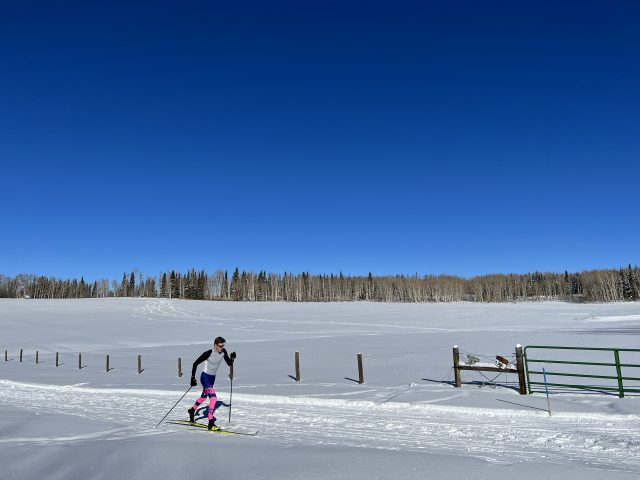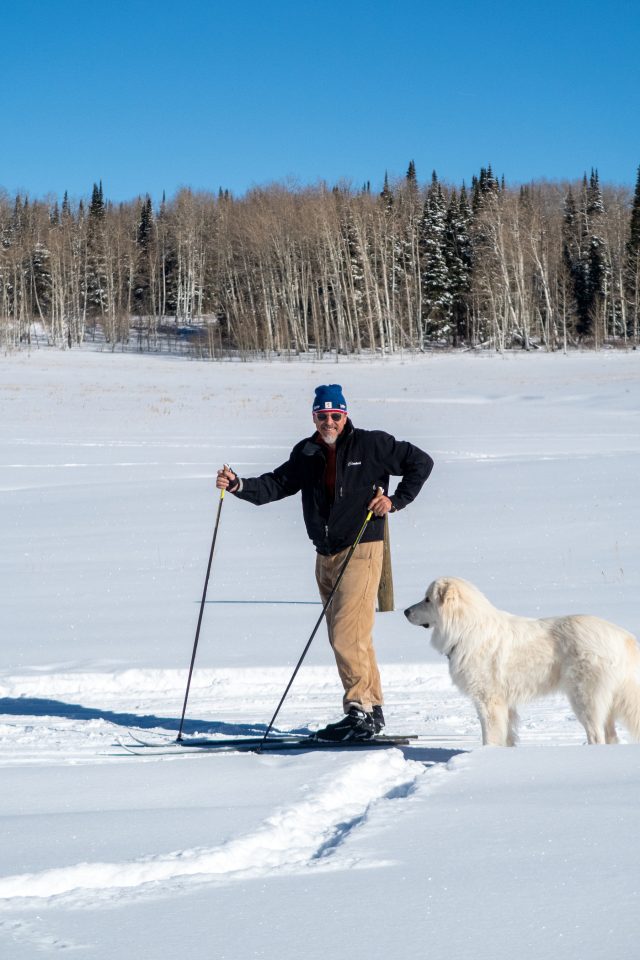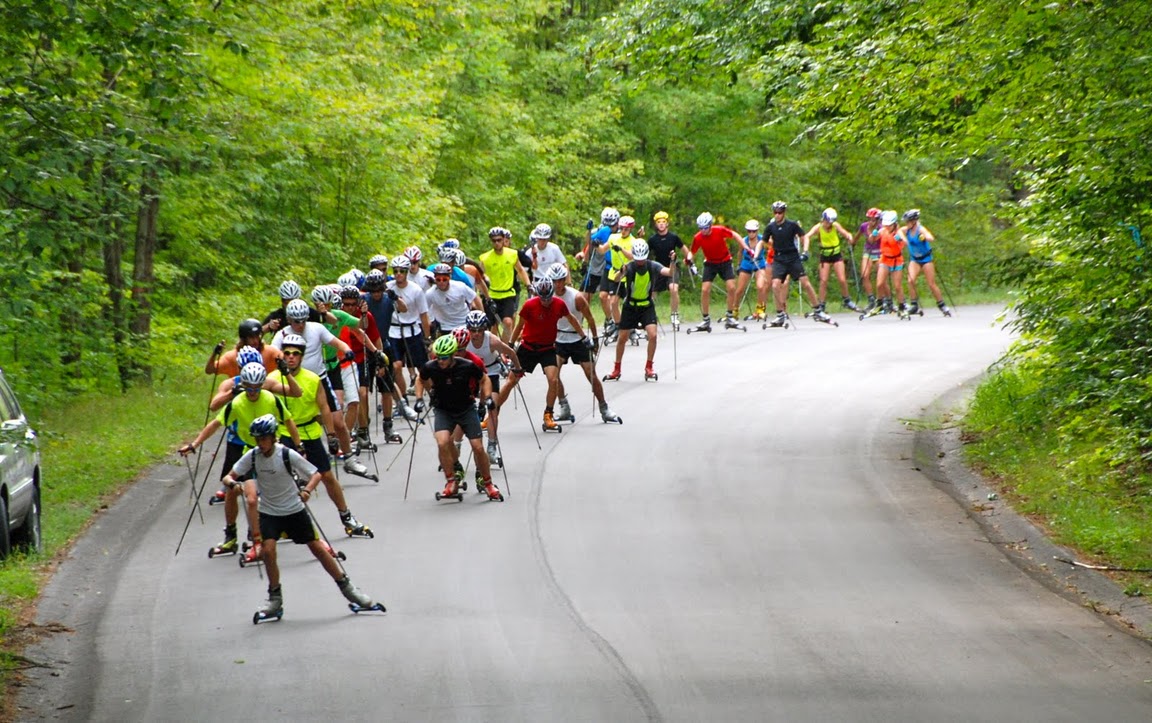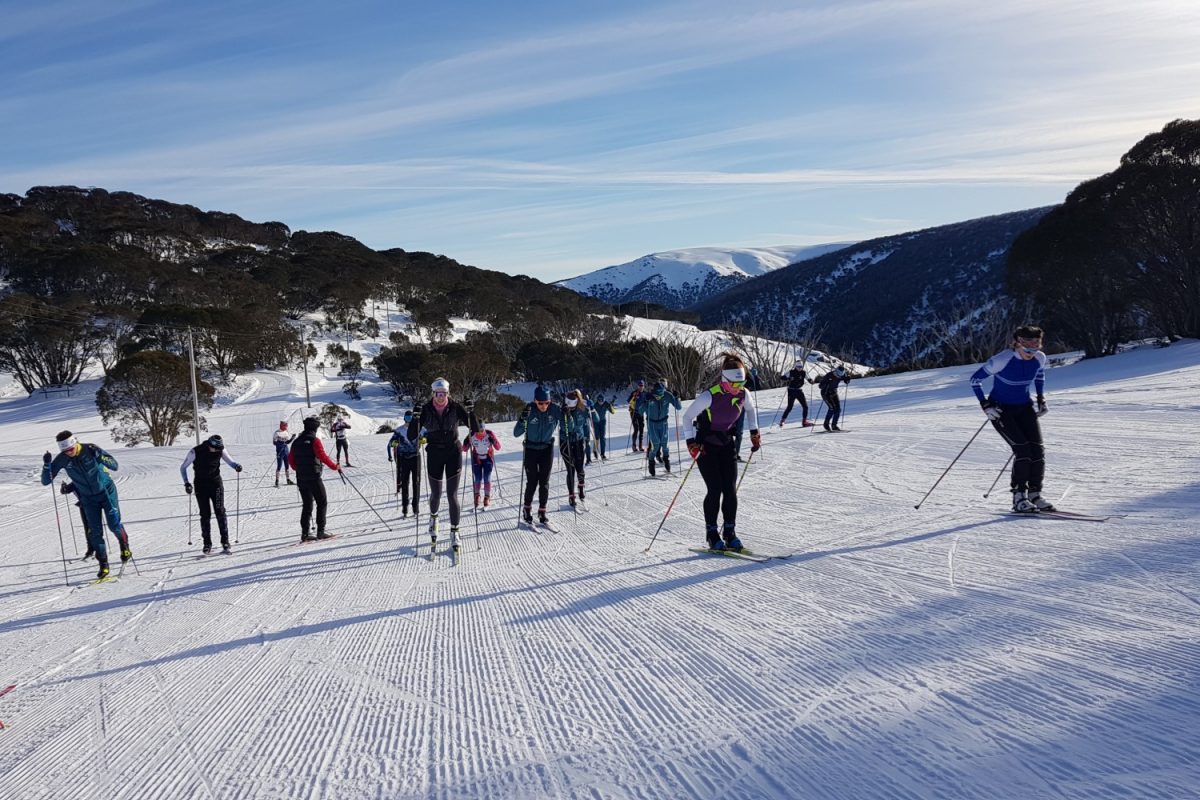
It’s the nature of the old English teacher who still resides within me: I fiddle with the words, revisit the definitions, consider the etymology. English words generally mean a thing, combining roots from Latin, from Greek, from the Germanic to express meaning by combining different parts. Today’s word: elevation, one we generally take to mean being higher. But it’s more than just high compared to low . . .

In many corners of North America, increased elevation preserves the snow even under the melting power of spring’s longer, sunnier days. The West Elk Trails above Newcastle, Colorado, are high enough (8,000+ feet) that spring skiing continues even after the grooming season has ceased. Early April snow showers keep replenishing the cover, offering snowy trails on this ridge top high above valley’s trending towards spring’s green.
On Colorado’s Grand Mesa, the Grand Mesa Nordic Council announced that grooming on their 50 kilometers of trails (at 10,000+ feet) will continue through April 30. Winter stays long on this miraculous island in the sky.

Today in the northeast, Mount Washington (6,288 feet) is being buffeted by a late season nor’easter, a storm wheeling in off the Gulf of Maine and dropping late season snow (or rain) on Vermont, New Hampshire, Maine. The avalanche danger will be high for a few days, followed by sunny spring skiing well into May.
Mount Bachelor has long been known as a destination for late spring/early summer skiing, and members of the Stifel U.S. Ski Team are due to arrive for next season’s first on-snow training camps. The Nordic Center’s elevation (6,400 feet) on the north side of this extinct volcano means that winter’s snow will last well into summer.
It may be spring, but the high places still hang on to the last vestiges of winter.
Elevation: the circumstance in which the lightness comes out. I ski the high trails in the company of definitions and derivations, trivial word-puzzles and researched etymological solutions that make up my internal monologue as I ski these high kilometers. And the longer the season goes on, the more such revery I can pursue. Luckily, it is elevation that makes the longer snowy season possible, and allows the lightness to come out.

John Teaford
John Teaford—the Managing Editor of FasterSkier — has been the coach of Olympians, World Champions, and World Record Holders in six sports: Nordic skiing, speedskating, road cycling, track cycling, mountain biking, triathlon. In his long career as a writer/filmmaker, he spent many seasons as Director of Warren Miller’s annual feature film, and Producer of adventure documentary films for Discovery, ESPN, Disney, National Geographic, and NBC Sports.



